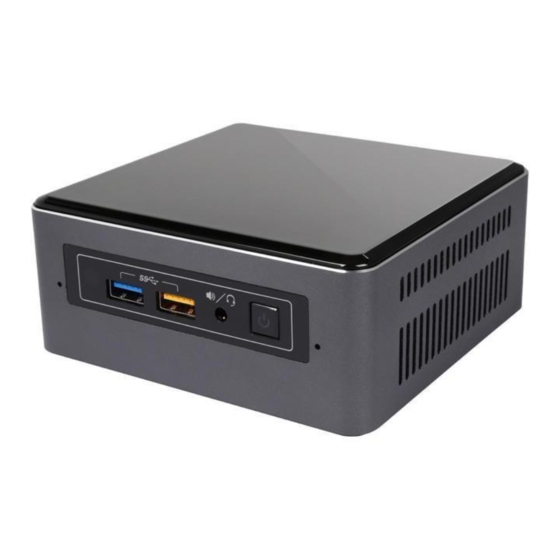
Summary of Contents for SECURECOM IPR-5000
- Page 1 Internet-based SIA DC-09 monitoring receiver User manual v1.0 IPR-5000 monitoring receiver v1.0...
-
Page 2: Table Of Contents
Table of contents Basic information ..........................3 Main features ...........................3 The IPR-5000 receiver’s role in the signal transfer process .............3 Installation manual ...........................4 Startup ............................4 Internal network settings ......................5 External network settings ......................6 Connection setup with a monitoring PC ..................6 Own events ..........................8 Communication encryption ..................... -
Page 3: Basic Information
• Configuration at the spot or through network by a web browser • Static or dynamic (DHCP-based) IP addressing • USB port / USB connector for PC connection • SECURECOM IP communicators’ signal receiver The IPR-5000 receiver’s role in the signal transfer process IPR-5000 monitoring receiver v1.0... -
Page 4: Installation Manual
The device has a Linux-based operating system and therefore needs to be shut down properly everytime to avoid permanent damage in the software! It is highly advised to connect the device to an uninterruptable power supply. After startup, the following login screen appears: IPR-5000 monitoring receiver v1.0... -
Page 5: Internal Network Settings
IP address allocation schemes. Static IP addressing requires the IP address to be specified manually for the device. Dynamic IP addressing uses a DHCP server to allocate IP addresses. IP address configuration is possible through the LAN IP menu item on the main screen. IPR-5000 monitoring receiver v1.0... -
Page 6: External Network Settings
External network settings External access to the IPR-5000 receiver is possible through port forwarding. Port forwarding must be enabled and configured for the port used by the receiver on remote management’s router. Practically this means that requests received from the end devices are directed towards the receiver’s private IP address through specified ports. - Page 7 In case the serial output is disabled, the computer acknowledges each endpoint as an individual receiver. Test signals are acknowledged by the IPR-5000 receiver, so under normal circumstances, they are not forwarded through the serial line. When the receiver doesn’t receive a test signal from an end device, it sends an error message from connection loss containing the endpoint’s client ID to the...
-
Page 8: Own Events
PC can be edited. A client ID (similar to the end points’) must be assigned to the receiver. Reports coming with the receiver’s client ID contain the receiver’s own events (usually reports come in pairs: the first one is from an error, the second one is from restoration). IPR-5000 monitoring receiver v1.0... -
Page 9: Communication Encryption
In the „Encryption” menu, AES-128 and AES-256 options are available to make communication safer. When an encrypted message is received, the acknowledgement will also be encrypted if encryption is active. Non-encrypted messages will be acknowledged according to the SIA protocol. IPR-5000 monitoring receiver v1.0... -
Page 10: Account Settings
Account settings The end devices’ test signals can be individually monitored or blocked using the graphical menu next to the devices’ client IDs. 3 Contents of the package • IPR-5000 receiver • Power supply • USB-SERIAL converter cable • User manual Additional information and services: h ttp://puloware.com...

Need help?
Do you have a question about the IPR-5000 and is the answer not in the manual?
Questions and answers